Six Places You Should Never Touch on an Airplane
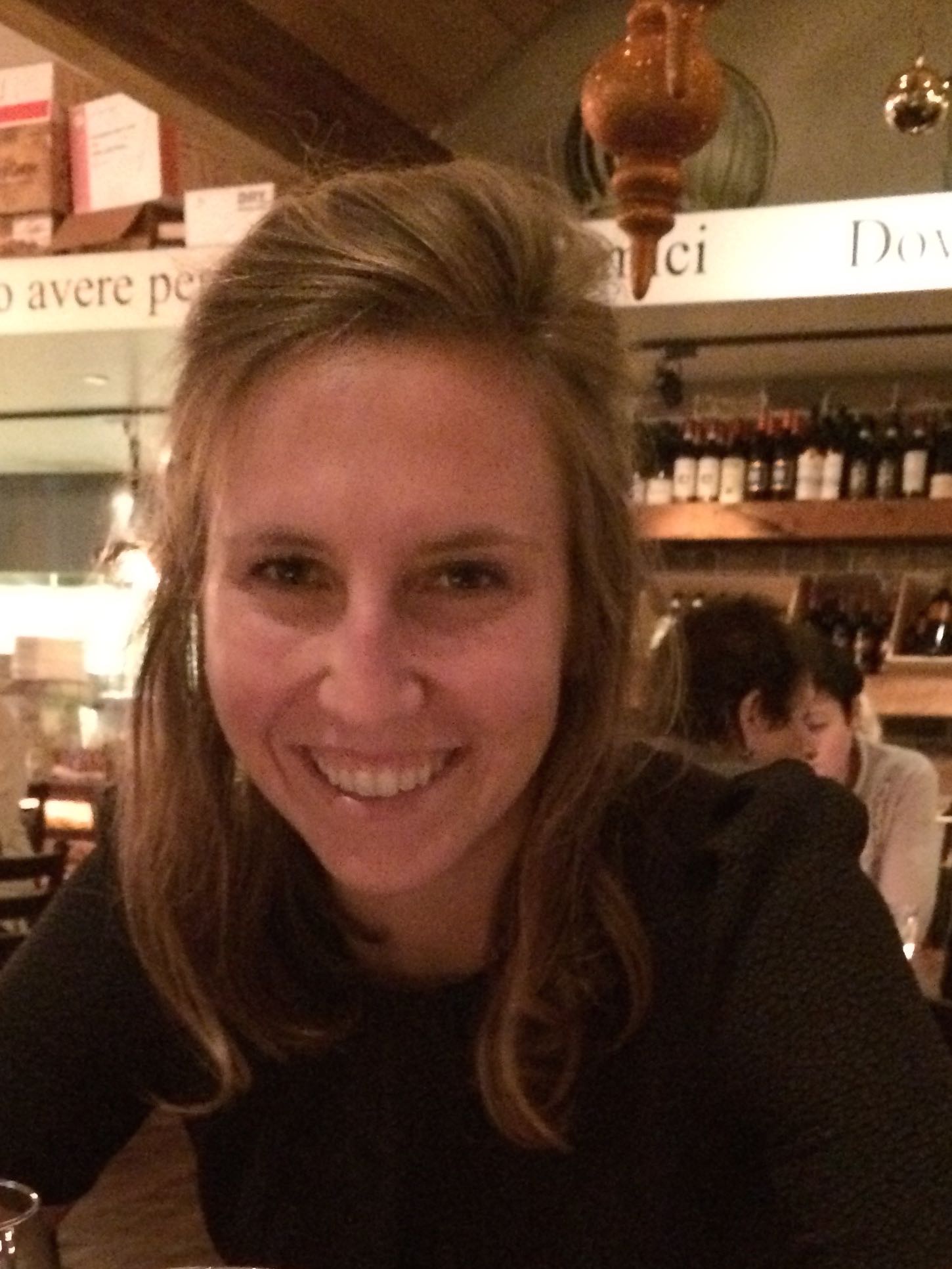
By:
After I learned that remote controls are the dirtiest surfaces in hotel rooms, I never used a hotel remote again (without wrapping a tissue around it). Now it looks like tray tables on airplanes are also off-limits—unless I bring my own disinfecting wipes.
According to a study released by Travelmath, the dirtiest surface on an airplane is not anywhere in the bathroom—it's the tray table.
Tray tables far surpassed any tested surface on a plane or airport with a colony-forming unit (CFU)/square inch of 2,155. A CFU is a common measurement to examine bacteria, yeast, or mold. For comparison, the National Science Foundation tested the home toilet seats and cell phones in 22 households, and these averaged to 172 CFU/square inch and 27 CFU/square inch, respectively.
“Since this could provide bacteria direct transmission to your mouth, a clear takeaway from this is to eliminate any direct contact your food has with the tray table,” the study’s authors recommend. “It’s also advisable to bring hand sanitizer for any other dirty surface you may touch along your journey.”
If you’ve ever placed your food directly on a tray table and are feeling slightly grossed out, here’s a bit of good news: the 26 samples all tested negative for “fecal coliforms” like E. coli. This is particularly reassuring given that researchers from Auburn University reported in 2014 that bacteria like E. coli can live for up to three days on tray tables that haven’t been sterilized.
However, the absence of E. coli doesn’t mean that all bacteria found on the tray tables were completely harmless. Though the types of bacteria in the Travelmath study weren’t identified, in 2012, Charles Gerba, a microbiology professor at the University of Arizona, told USA Today that he had found the norovirus, the influenza virus, and MRSA (staph bacteria that is resistant to many antibiotics) on tray tables. He named tray tables as one of the germiest surfaces on a plane, in addition to toilets and the latches on overhead bins.
The 6 Dirtiest Spots.
Travelmath is a company that helps users calculate trip distances and expenses. It commissioned a microbiologist to take 26 bacteria samples from five airports and four flights. The samples were taken to a lab to determine the number of colony-forming units (CFU) per square inch.
1. Tray tables: 2,155 CFU/square inch
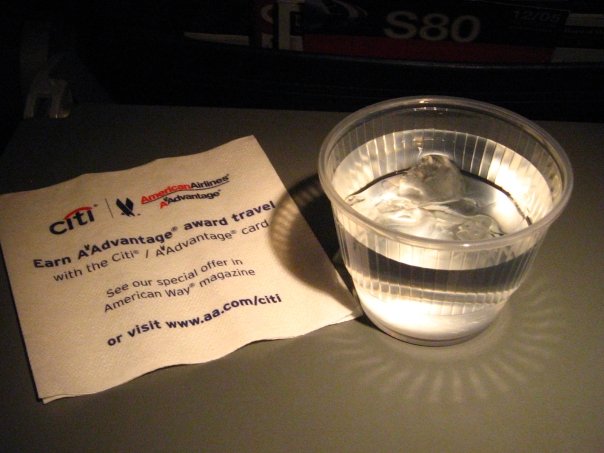 flickr - flickr.com
flickr - flickr.com
2. Airport drinking fountains: 1,240 CFU/square inch
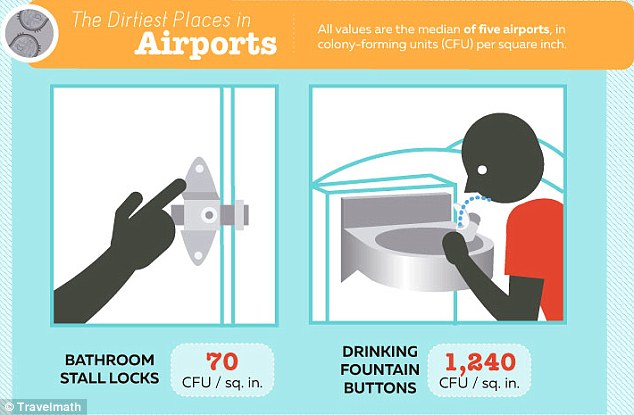 Travelmath - travelmath.com
Travelmath - travelmath.com
3. Overhead air vent: 285 CFU/square inch
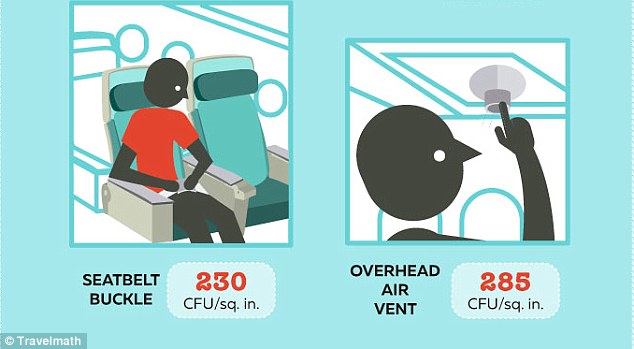 Travelmath - travelmath.com
Travelmath - travelmath.com
4. Lavatory flush button: 265 CFU/square inch
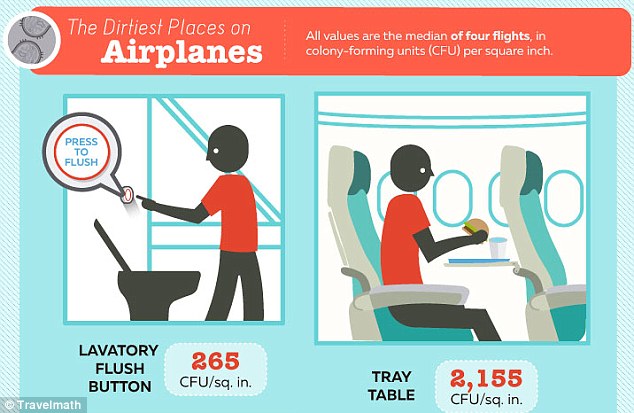 Travelmath - travelmath.com
Travelmath - travelmath.com
5. Seatbelt buckle: 230 CFU/square inches
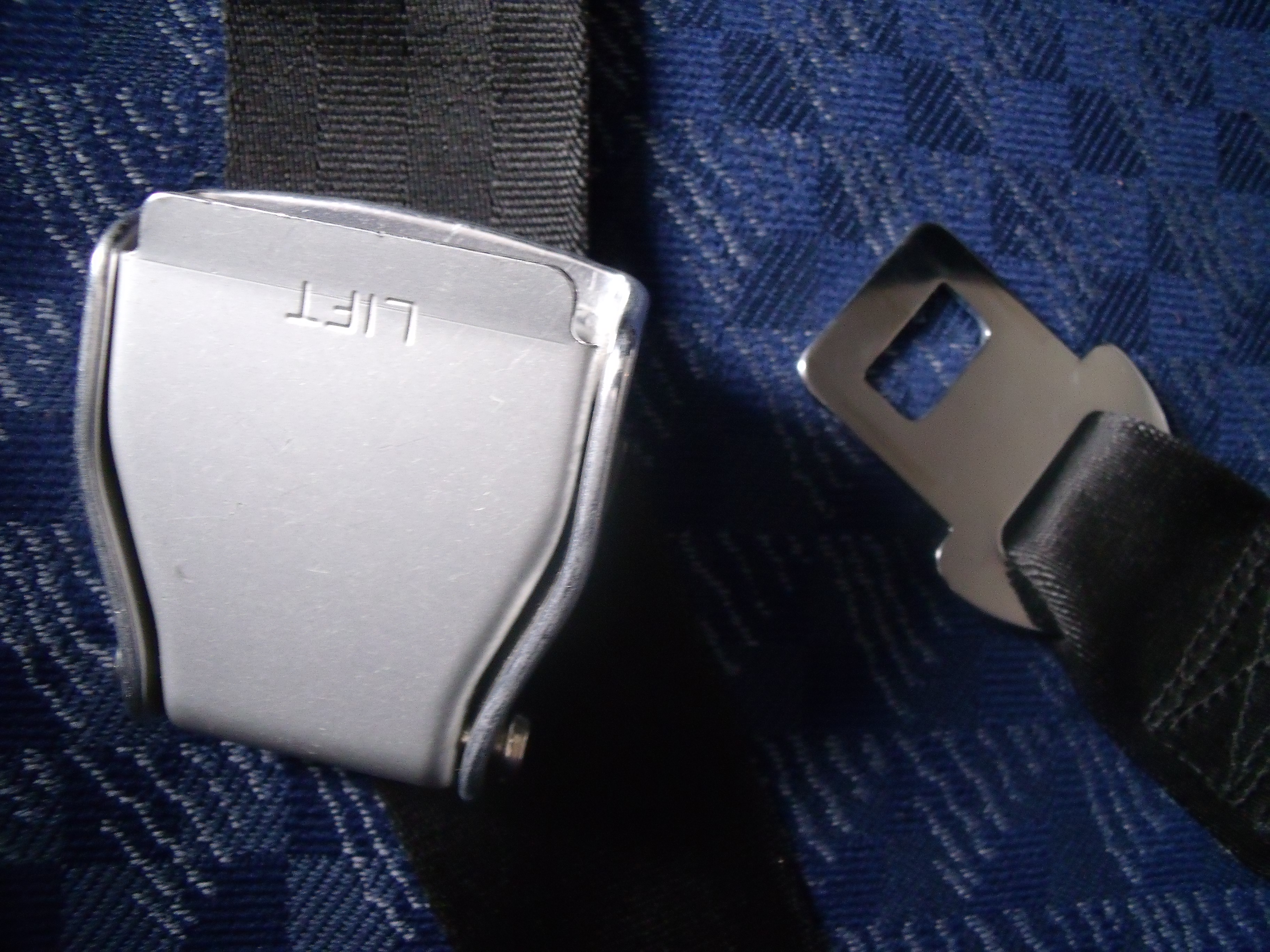 Flickr/armydre2008 - flickr.com
Flickr/armydre2008 - flickr.com
6. Bathroom stall locks: 70 CFU/square inch
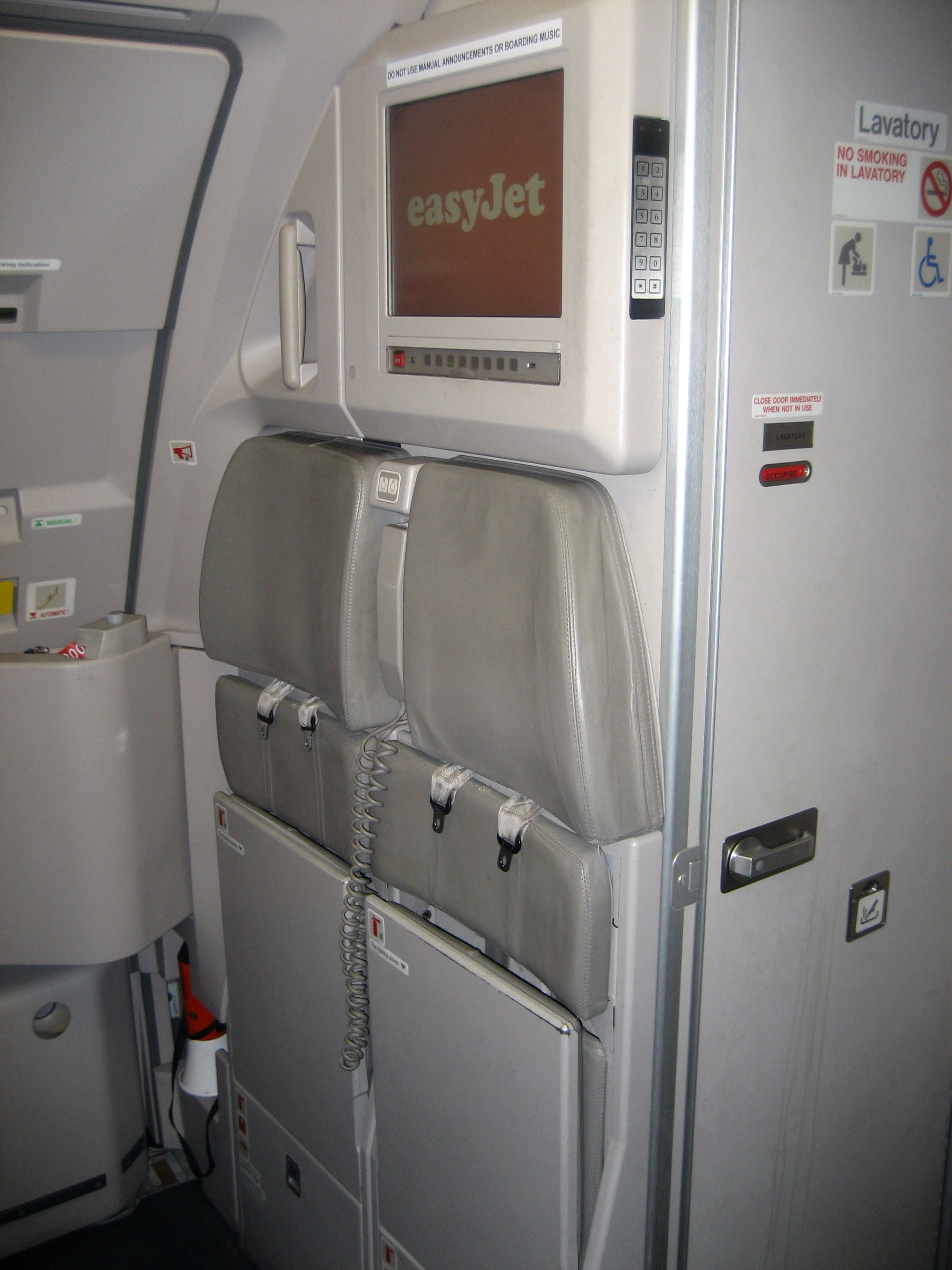 flickr/irishflyguy - flickr.com
flickr/irishflyguy - flickr.com
Is airplane hygiene regulated?
The Travelmath study mentions that the Federal Aviation Administration (FAA) doesn’t strictly regulate tray table cleaning, and many airlines clean tray tables only once per day. According to a 2014 article in the Wall Street Journal, the frequency with which tray tables are cleaned may depend not only on the amount of time flight attendants have between flights, but also on class—Delta and United reported cleaning first-class tray tables between flights, but they waited until night to clean the tray tables in coach.
The World Health Organization (WHO) provides guidelines for the cleaning of airports and aircrafts. “In general, routine cleaning of contaminated surfaces with soap or detergent and water (after use of a spill cleanup kit, if necessary) to remove soil and organic matter, followed by the proper use of disinfectants to inactivate any remaining organisms, constitutes effective environmental management of suspected agents," the WHO notes. "Reducing the number of infectious agents on a surface by these steps minimizes the chances of transferring them via contaminated hands.”
The WHO created a sample cleaning guide for airlines, which suggests that it is standard for tray tables to be cleaned overnight, and can be cleaned during stopovers shorter or longer than an hour on request. The WHO does recommend that airplane bathrooms be cleaned during stopovers of any duration.
Hygiene tips for frequent flyers.
Americans are doing a whole lot of flying. According to the U.S. Travel Association, Americans took over 1.7 billion flights for leisure purposes in 2014, and 452 million flights for business. It stands to reason that it’s in the best interest of airlines to keep their planes visibly clean. However, decreased stopover times may limit what flight attendants are able to accomplish between flights. A 2012 study published in Applied Ergonomics suggested that hygiene—in addition to other factors including comfort and personal space—factored significantly into customers’ decisions to use a particular airline again.
“Passengers rate the newer planes significantly better than older ones, indicating that attention to design for comfort has proven effective,” wrote the study’s authors in the abstract. “The study also shows that rude flight attendants and bad hygiene reduce the comfort experience drastically and that a high comfort rating is related to higher ‘fly again’ values.”
Given the massive volume of commercial flights in the U.S., and the possibility of sitting near someone who starts to cough (or unknowingly sitting in a seat recently vacated by someone with a cold), what’s a germ-conscious individual to do? The airplane bathrooms in the Travelmath study were found to be relatively clean, so there doesn’t seem to be any reason to avoid these out of concern for hygiene. In addition to not putting food directly on tray tables, carrying hand sanitizer or disinfectant wipes for tray tables may be your best bet.
Then again, it could be in your best interest to just leave your tray table in the upright and locked position.
